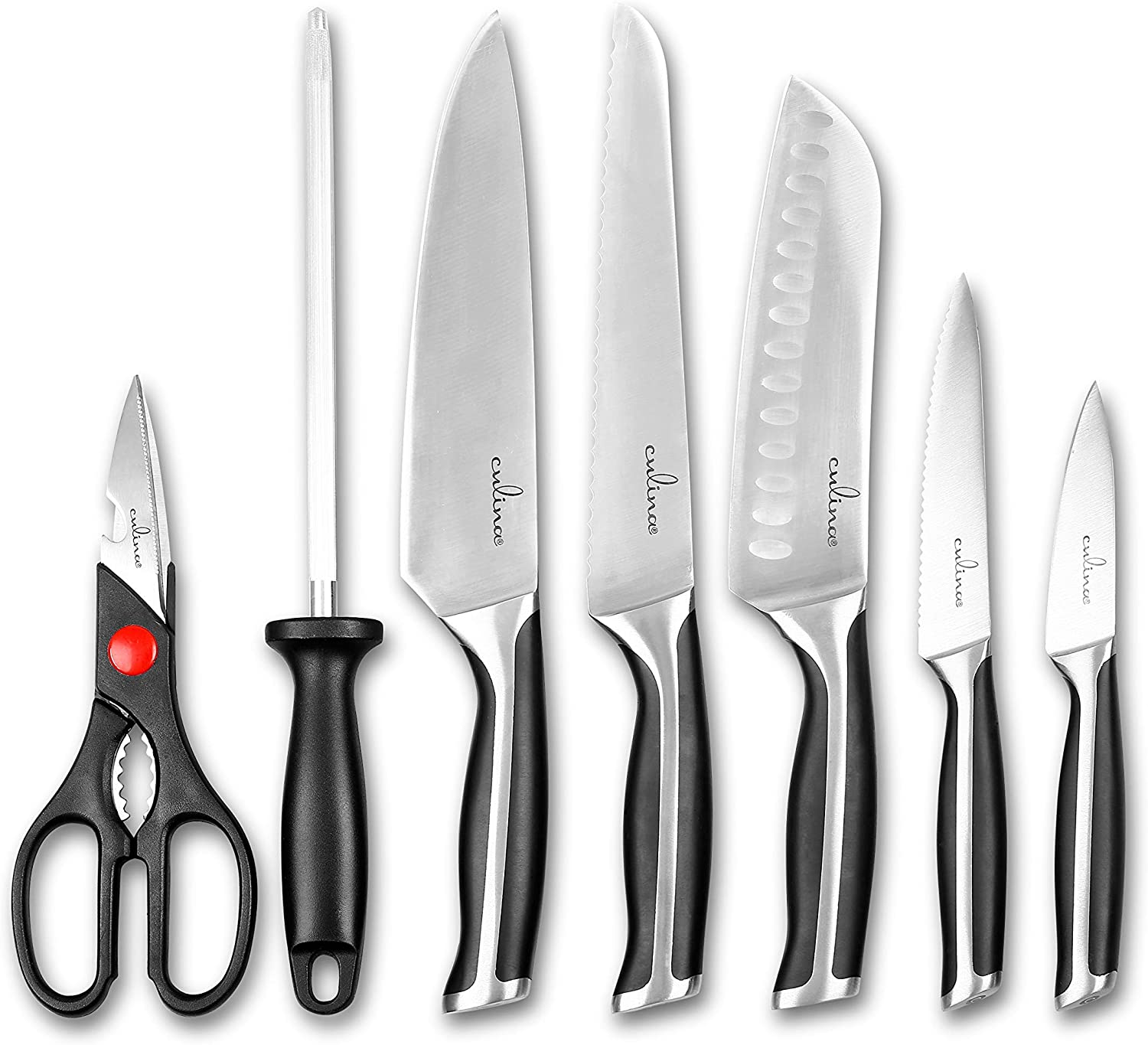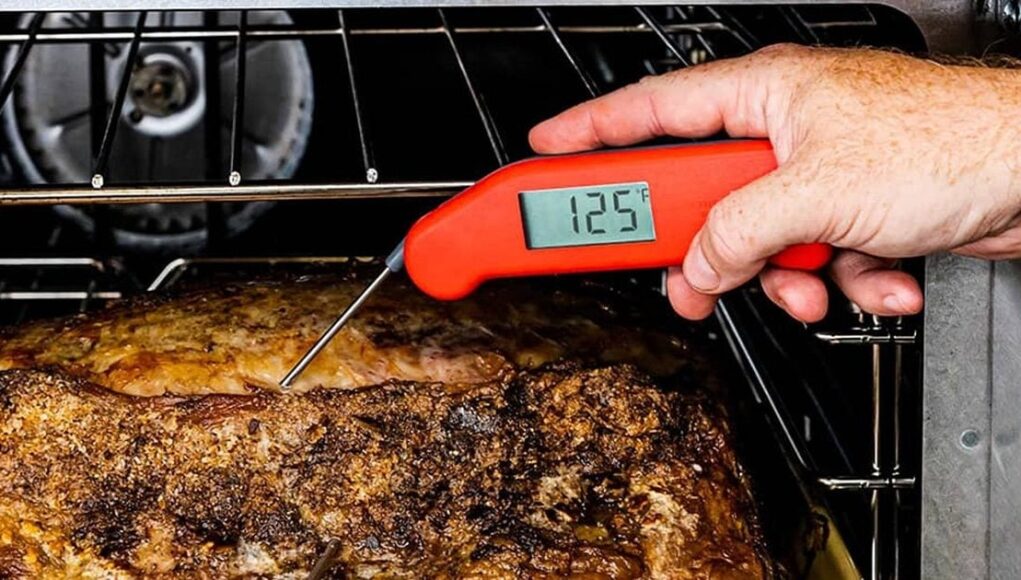Chicken lovers all over the world know the importance of a meat thermometer. From ensuring that your meat is cooked to perfection to maintaining food safety, a meat thermometer is an essential kitchen gadget. But what happens when it stops working? In this article, we’ll delve into the reasons why a meat thermometer might not be working and provide practical solutions to get it up and running again. Let’s explore this terrific technology.

Common Issues with Meat Thermometers
Battery Problems
One of the most common reasons that your meat thermometer isn’t working could be due to battery problems. With repeated use, the battery can quickly become drained. Ensure that you check and replace the battery if necessary.
Calibration Issues
Another common issue is calibration problems. Over time, your meat thermometer may become miscalibrated, leading to inaccurate readings. Follow the manufacturers instructions for recalibrating the device.
Sensor Malfunction
A malfunctioning sensor could also be the culprit. If the internal sensor fails, the thermometer won’t be able to accurately measure the meat’s temperature. Sensor replacements or professional repairs might be required.

How to Troubleshoot Your Meat Thermometer
Check for Physical Damage
Inspect your thermometer for any physical damage, such as cracks or broken parts. Any damage can affect its ability to read temperatures correctly.
Reset the Thermometer
Sometimes, simply resetting the thermometer can resolve the issue. Refer to the user manual for steps on how to reset your specific model. Resetting can often solve glitches that cause the device to malfunction.
Test in Boiling Water
To test the accuracy of your meat thermometer, place it in boiling water. It should read around 212F (100C). If the reading is significantly off, recalibration might be necessary.

Maintaining Your Meat Thermometer
Regular Cleaning
Regularly clean your meat thermometer to ensure its longevity. A clean thermometer provides more accurate readings and prevents cross-contamination between different meats.
Proper Storage
Store your thermometer in a safe place to avoid any physical damage. Protective cases are a great option to increase its lifespan.
Calibration Checks
Perform regular calibration checks according to the manufacturer’s recommendations. This practice ensures that you get the most accurate readings every time you cook.
When to Replace Your Meat Thermometer
Despite your best efforts, there may come a time when you need to replace your meat thermometer. Knowing when to do so can save you a lot of time and frustration.
Signs Its Time for a New Thermometer
If your thermometer consistently provides inaccurate readings even after recalibration and youve tried all troubleshooting methods, it may be time for a new one. Signs of wear and tear or internal damage also indicate the need for a replacement.
Recommended Meat Thermometers
Here are some terrific options that have received approval from cooking enthusiasts:
- ThermoPro TP20 Wireless Remote Digital Cooking Food Meat Thermometer
- MEATER Plus – Smart Meat Thermometer with Bluetooth
- OXO Good Grips Chefs Precision Digital Instant-Read Thermometer
Common Mistakes to Avoid
Improper Probe Placement
Make sure to insert the probe into the thickest part of the meat, avoiding bones and fatty areas for an accurate reading.
Not Allowing the Thermometer to Sit
Give your thermometer a few seconds to stabilize for an accurate reading. Rushing this process can lead to incorrect temperatures.
External Resources
For further information on using and maintaining your meat thermometer, consider checking out this comprehensive guide from Epicurious.
Internal Resources
FAQs
Why is my meat thermometer reading too high?
High readings can be caused by a faulty sensor or incorrect calibration. Check the calibration and reset if needed.
Can I use a meat thermometer for other foods?
Yes, a meat thermometer can be used for other foods like casseroles, baked goods and more. Just make sure to clean it properly between uses.
How do I store my meat thermometer?
Store your meat thermometer in its protective case in a dry, safe place to prevent damage and ensure longevity.
As an Amazon Associate, I earn from qualifying purchases.









